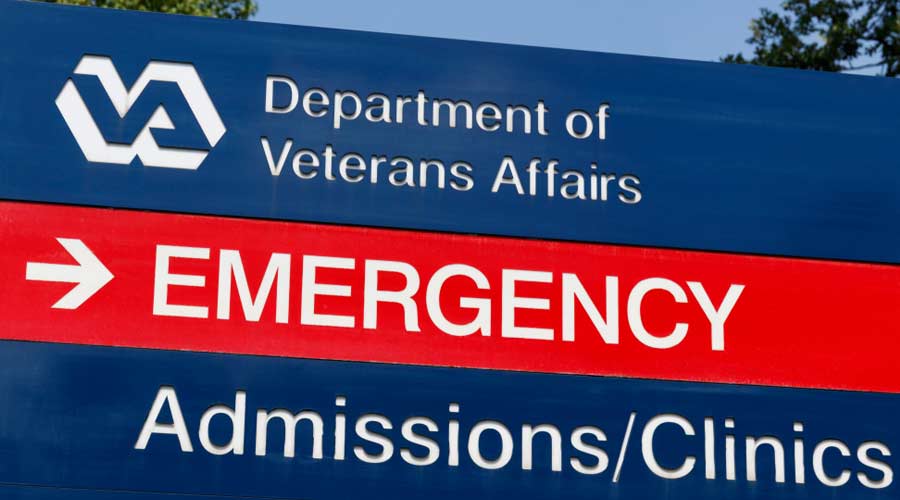The COVID-19 pandemic is winding down — unless it isn’t. More than two years after the coronavirus started to sicken people worldwide, healthcare facilities continue grappling with an illness that refuses to go away, even though the rates of infection and hospitalization decrease at times. Now, as the nation goes through a resurgence of COVID-19, managers must deal with both rising hospitalization rates and the return of safety protocols — which have come and gone several times — to prevent its spread within facilities
Recently, the U.S. Department of Veterans Affairs Health Administration (VHA) launched three operational levels called VHA COVID-19 Health Protection Levels that are designed to provide a consistent, nationwide approach at its medical centers. The three-tier safety protocol standard was effective May 23. The levels align with the Centers for Disease Control and Prevention (CDC) community transmission levels designed for use by healthcare facilities.
Each VHA COVID-19 Health Protection Level includes guidance on personal protective equipment, screening, testing, visitation, waiting rooms, group care and therapy and staffing.
The levels are:
- Low, defined as when the community transmission level is low. Visitors are welcome, self-screening is allowed, and physical distancing is not required.
- Medium, when community transmission level is medium or substantial. Care partners are welcome, self-screening is allowed, and physical distancing is not required.
- High, when community transmission level is high. Visitors are limited to the discretion of the care team on a case-by-case basis, facilities may choose to screen at the door, and physical distancing is required.
Masking and employee screening testing will remain in effect at all VHA medical facilities, regardless of health protection levels and consistent with CDC guidance for health care facilities. The VHA levels do not impact current requirements regarding testing and masking for employees.
Levels will be monitored weekly at each facility and updated to reflect changes on Mondays. VHA will notify veterans and staff by displaying signage at all facility entrances and updating levels on their local facility websites and social media.

 How Efficiency Checklists Help Hospitals Save Energy, Water and Money
How Efficiency Checklists Help Hospitals Save Energy, Water and Money Designing with Heart: Seen Health Center Blends Cultural Warmth and Clinical Care
Designing with Heart: Seen Health Center Blends Cultural Warmth and Clinical Care Rutgers Health and University Hospital Breaks Ground on Campus Expansion
Rutgers Health and University Hospital Breaks Ground on Campus Expansion What to Consider When Modernizing Healthcare Facilities
What to Consider When Modernizing Healthcare Facilities Corewell Health Beaumont Troy Hospital to Build New Tower
Corewell Health Beaumont Troy Hospital to Build New Tower